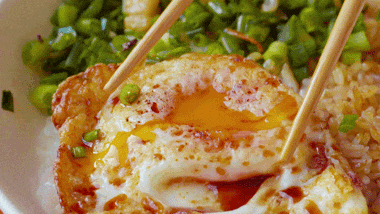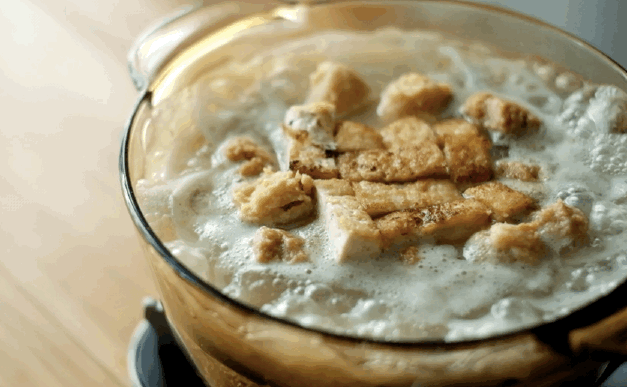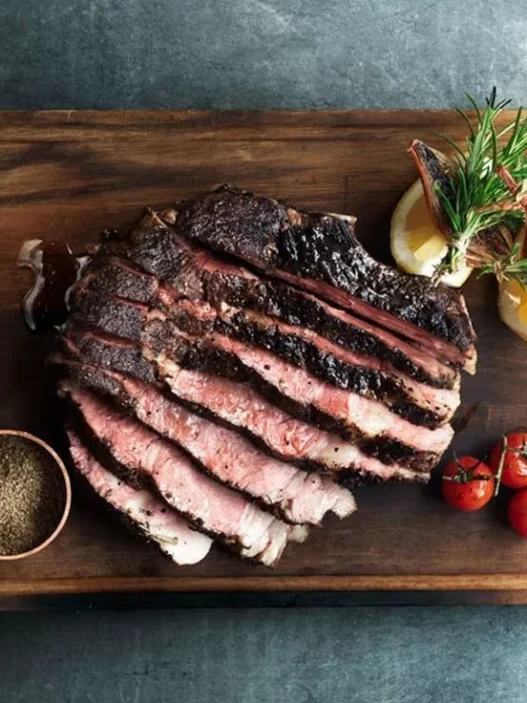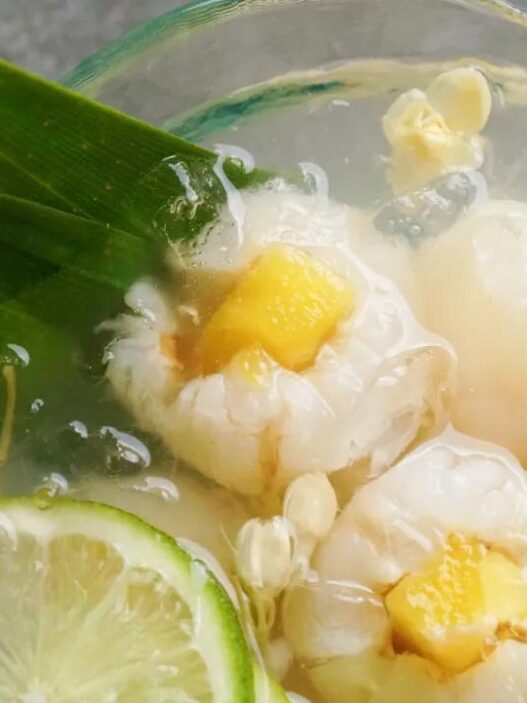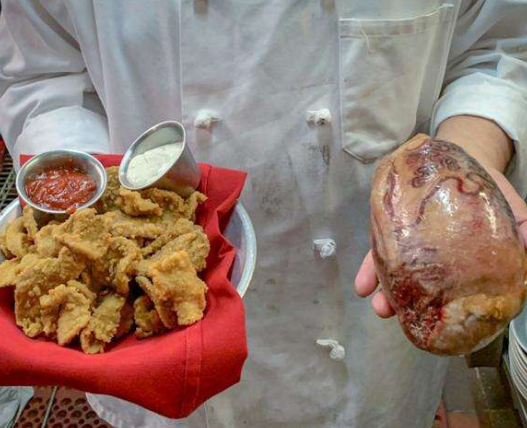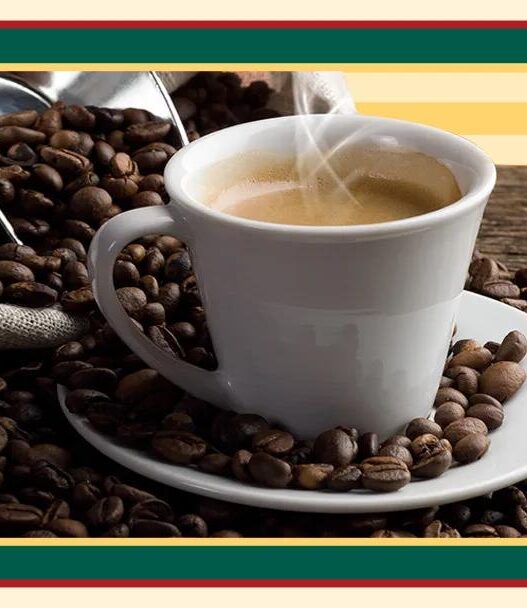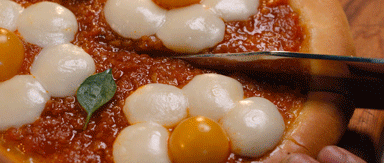What Is Layered Cooking?
Layered cooking, originating in Japan, is a unique culinary technique that involves stacking ingredients in layers within a pot and slow-cooking them. This method highlights the natural flavors of vegetables and other ingredients, using minimal seasoning—often just a pinch of salt.
Introduced by Japanese dietary expert Nokei Ogawa (1910–1994), layered cooking has become a beloved method for its simplicity and health benefits.
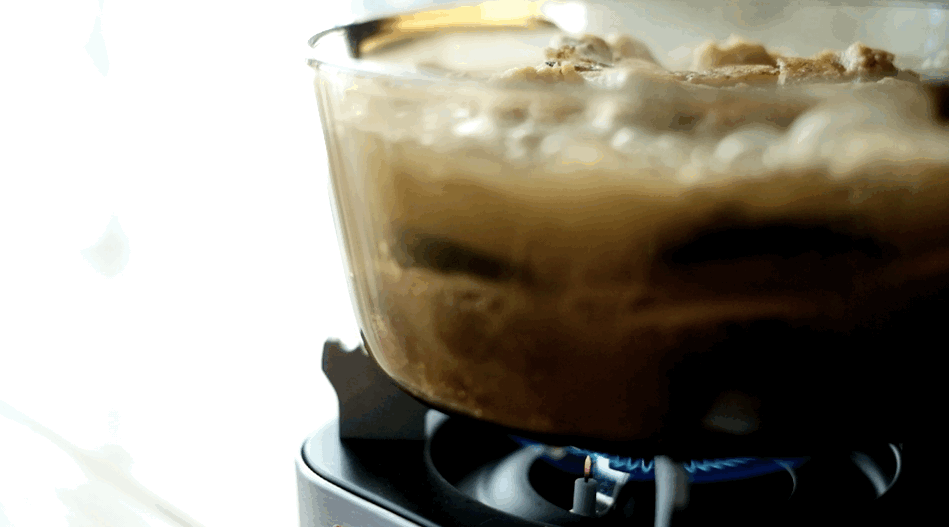
Types of Layered Cooking: With or Without Water
There are two primary styles of layered cooking:
- Waterless Layered Cooking: Utilizes the natural moisture of vegetables to create a concentrated flavor.
- Water-Based Layered Cooking: Adds liquid, such as water or broth, for a gentler taste and texture.
Both techniques emphasize slow cooking and minimal use of seasonings to preserve the dish’s natural essence.
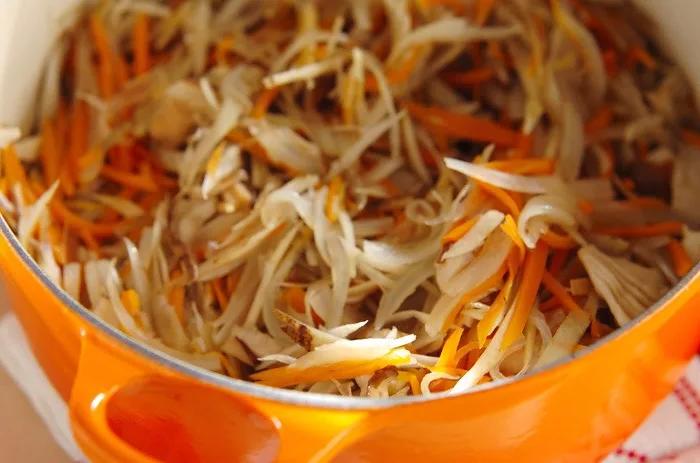
Benefits of Layered Cooking
- Delicious and healthy with minimal effort.
- Promotes a varied vegetable intake.
- Ideal for meal prep—keeps fresh for up to five days in the refrigerator.
- Highly versatile for endless creative variations.
- Simple preparation with basic kitchen tools.
- Relies on salt for pure, unadulterated flavors.
- Loved by both children and adults.

The Art of Layering: Tips for Perfect Flavor
The order in which ingredients are layered significantly impacts the dish’s flavor. Inspired by the Yin-Yang philosophy, Ogawa advised arranging vegetables based on their growth direction:
- Bottom Layer: Mushrooms and seaweed.
- Middle Layers: Vegetables like tomatoes, cucumbers, leafy greens, and root vegetables (e.g., carrots, radishes).
- Top Layer: Protein sources like tofu, meat, or fish.

For root vegetables, note their growth direction. For example, carrots grow downward and should be layered above onions.
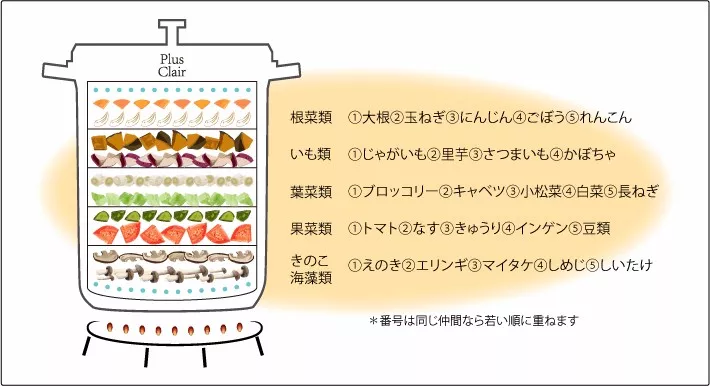
Essential Tools for Layered Cooking
To master layered cooking, you’ll need:
- A high-quality pot (e.g., ceramic, cast iron, or stainless steel).
- A tight-fitting lid to retain steam for maximum flavor.
- High-quality sea salt to enhance natural tastes.
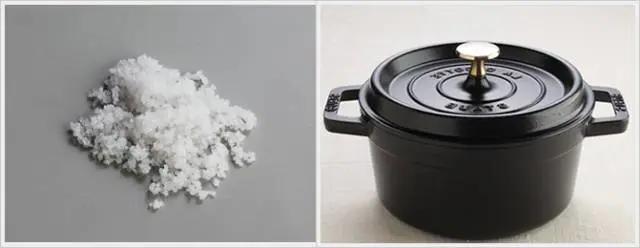
Recipes
Waterless Layered Vegetables
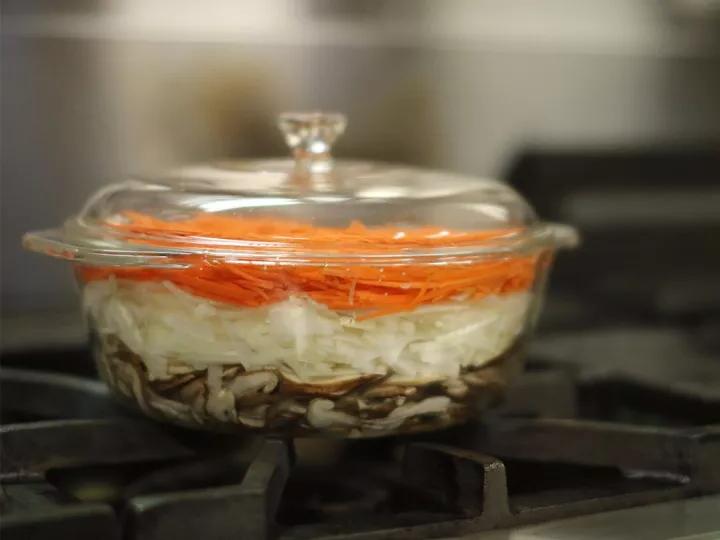
Ingredients:
- Carrot (sliced): 150–200g
- Onion (sliced): 600g
- Mushrooms (sliced): 200g
- Sea salt: 2g for the bottom layer, 4g for the top
Directions:
1、Sprinkle salt evenly on the pot base and layer mushrooms.

2、Add onions as the next layer, followed by carrots on top. Sprinkle the remaining salt.
3、Cover the pot and cook on low heat for 30–40 minutes until vegetables are tender.
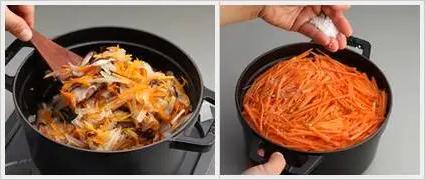
4、Stir thoroughly before serving.
Miso-Based Layered Hotpot
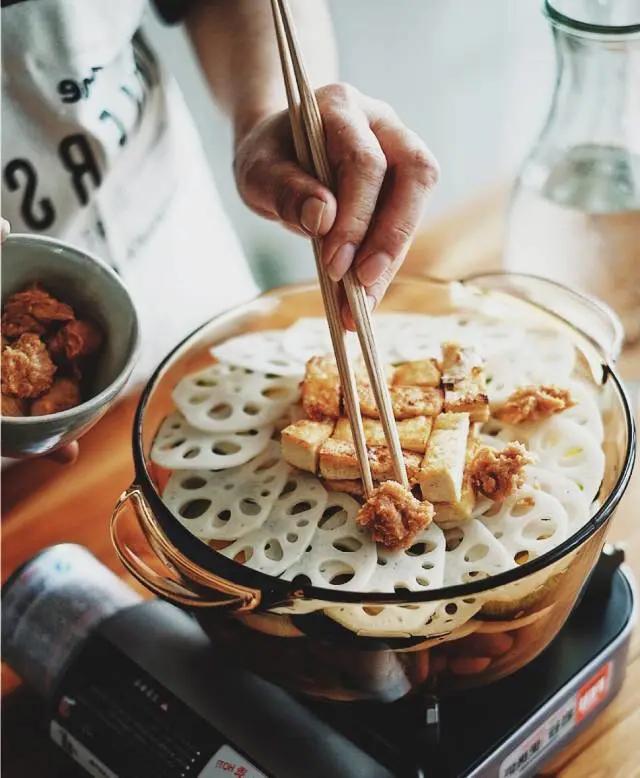
Ingredients:
- Mushrooms: 250g
- White radish: 150g
- Pumpkin: 250g
- Lotus root: 200g
- Firm tofu: 100g
- Water: 800ml
- Red miso: 50g
- White miso: 20g
- Green onions (chopped): for garnish
Directions:
- Prepare the vegetables and pan-fry the tofu.
- Layer mushrooms, radish, pumpkin, and lotus root in the pot. Place tofu and miso balls on top.
- Add water to cover 70% of the ingredients. Cover and cook on low heat for 7 minutes.
- Stir in miso and garnish with green onions. Serve hot.





